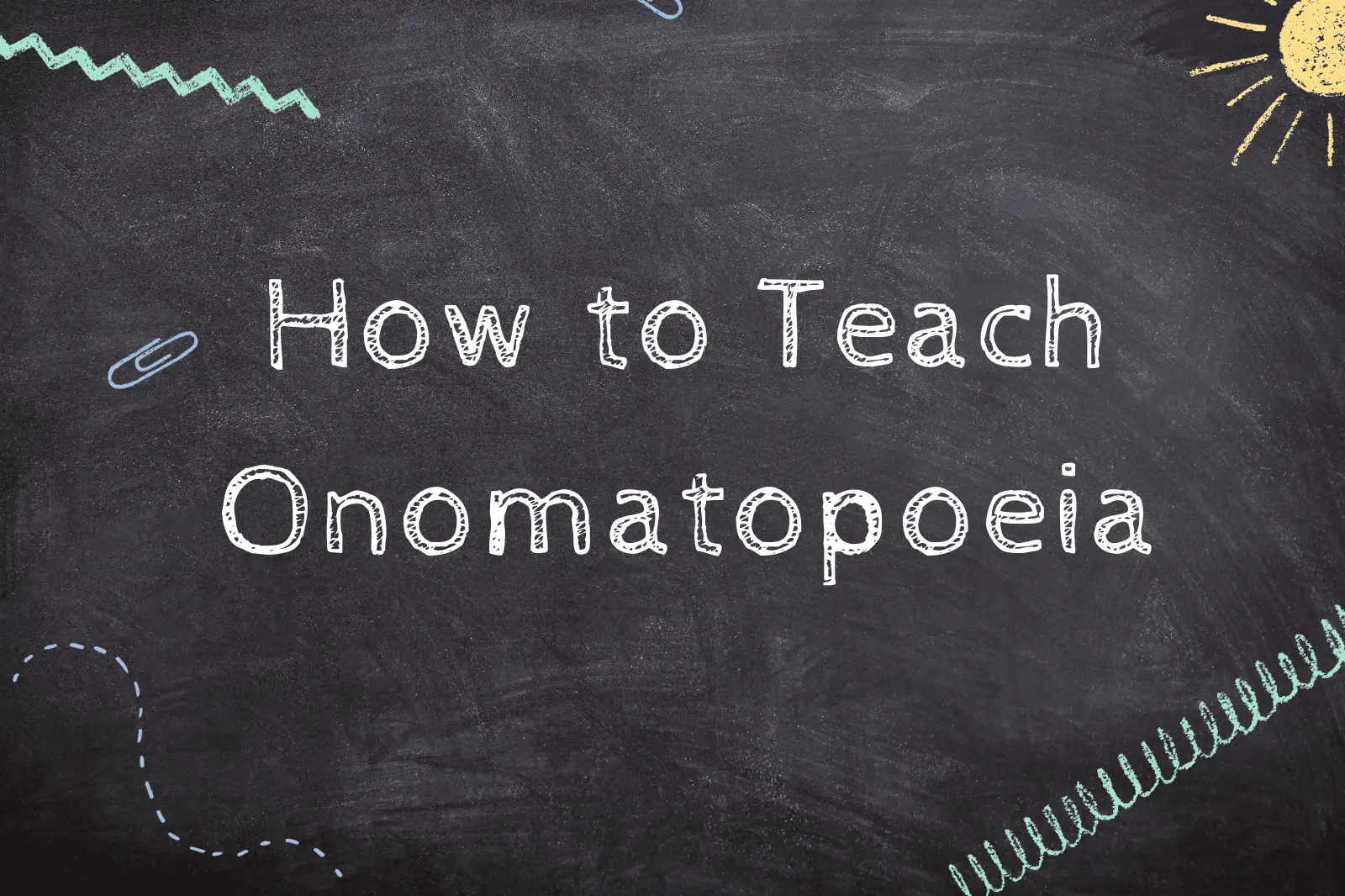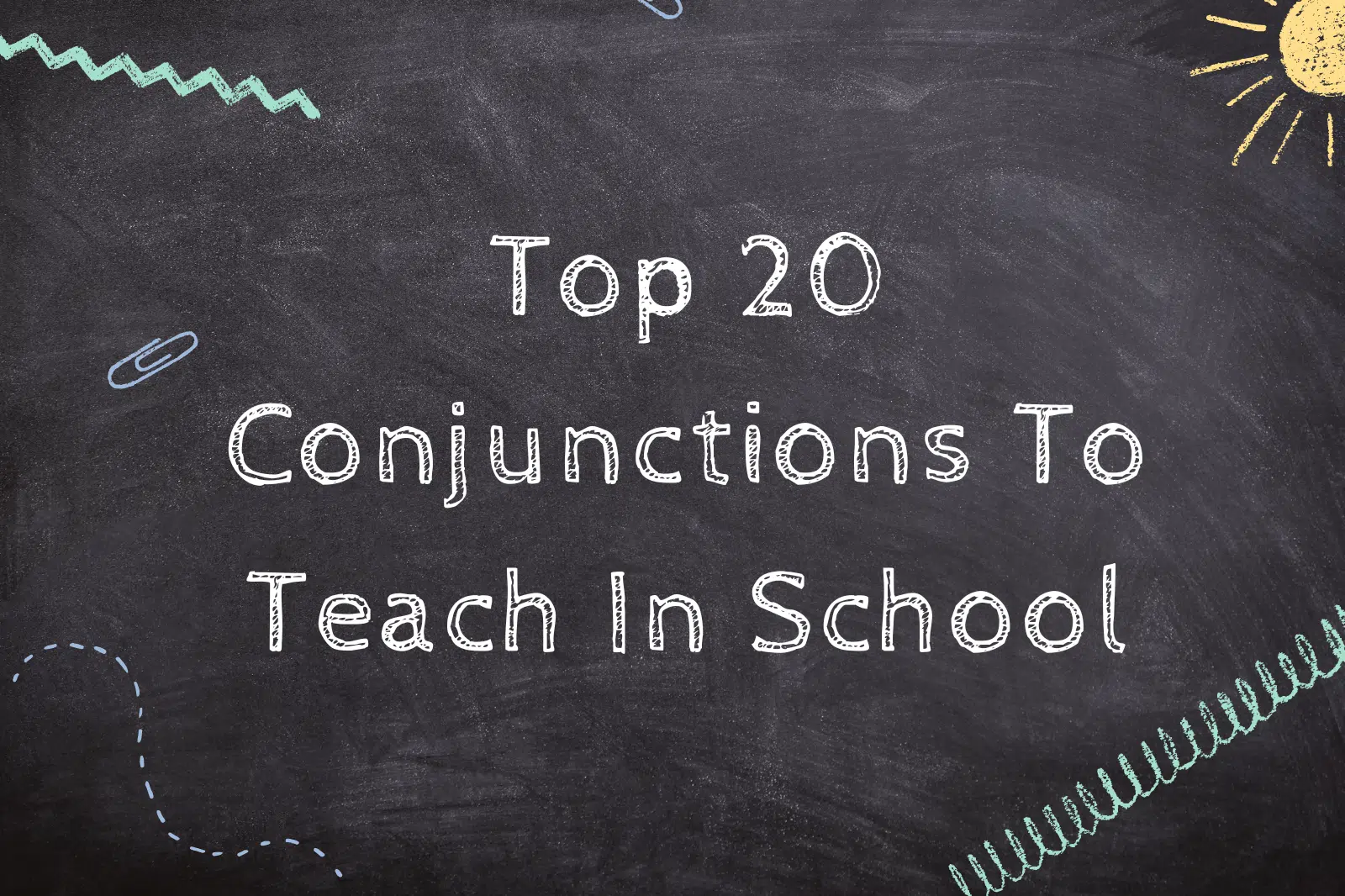Do you have students in your classroom who are confused about when to use exclamation marks? Do they sometimes misuse them or leave them out entirely?
Mastering grammar can be daunting for young minds, but it doesn’t have to be.
With a few simple techniques, you can help your students understand how and when to utilize exclamation marks within their writing correctly.
Let’s take a closer look at the rules around this punctuation mark and find out what steps teachers need to take for their kids to ace grammar on any assessment!
Related: For more, check out our article on How To Fix Your Grammar Mistakes here.

Understanding Exclamation Marks
An exclamation mark is primarily used to express strong emotion or surprise. It functions to add emphasis or dramatic effect to a sentence.
When you see an exclamation mark at the end of a sentence, it’s like a signal telling you that the sentence is charged with emotion, excitement, or urgency.
For example, consider this sentence: “I love ice cream.” Now compare it with: “I love ice cream!” The latter, with the exclamation mark, conveys a higher level of excitement or enthusiasm.
Examples of Correct and Incorrect Usage
Correct usage of an exclamation mark can enhance your message, while incorrect usage can lead to confusion or misinterpretation.
Correct usage: “Watch out!” This sentence clearly expresses urgency or danger, making the exclamation mark appropriate.
Incorrect usage: “I’ll have a salad.” Unless you’re extraordinarily excited about salads, using an exclamation mark here might confuse your reader.
Remember, overuse of exclamation marks can diminish their impact. It’s like shouting all the time – if everything is urgent or exciting, then nothing truly stands out.
A Brief History and Evolution of the Exclamation Mark
The exclamation mark has an interesting history. Believe it or not, it didn’t have a key on typewriters until the 1970s! Before then, one had to type a period, backspace, and then type an apostrophe above it to create an exclamation mark.
The term ‘exclamation mark’ comes from the Latin word ‘exclamare’, which means ‘to cry out’. It started being widely used in the 15th century to indicate joyous or shocked exclamations.
Over time, the usage of the exclamation mark has evolved and expanded. Today, it’s used in various contexts and mediums – from novels and comics to text messages and social media posts.
When to Use Exclamation Marks
- Expressing Strong Emotion: As we mentioned earlier, an exclamation mark can be used to emphasize strong feelings or high volume (shouting), such as: “I can’t believe it!”
- Commands or Instructions: When giving firm commands or instructions, an exclamation mark can add the necessary emphasis. For example: “Stop!”
- Interjections: Using exclamation marks after interjections or exclamatory phrases is common. For instance: “Oh no!” or “Wow!”
- Surprise or Shock: If you’re expressing surprise or shock, an exclamation mark can help convey this. Example: “He proposed!”
Importance of Context in Deciding Whether to Use an Exclamation Mark
The context of your writing plays a significant role in whether an exclamation mark is suitable or not.
Exclamation marks are rarely used in more formal writing, such as academic papers or business reports. They can come across as unprofessional or overly dramatic.
On the other hand, in casual or creative writing, such as social media posts or fiction, exclamation marks can be used more freely to express emotion and add personality to the text.
Common Misconceptions About Exclamation Mark Usage
One common misconception is that exclamation marks can be used to make a sentence more interesting or engaging. However, it’s the content of the sentence itself that should be engaging.
Relying on exclamation marks for this purpose can lead to overuse, diluting their impact and making your writing seem less professional.
Another misconception is that exclamation marks can be used to show emphasis on any sentence. While they do provide emphasis, it should be reserved for strong emotions, commands or surprise, not just any sentence you want to highlight.
How to Teach Exclamation Marks
One effective strategy is discussing the fundamental components of grammar and punctuation, including the exclamation mark.
This involves explaining its primary function, which is to express strong emotion or surprise, and demonstrating how it adds emphasis or dramatic effect to a sentence.
Another strategy is to show students examples from literature where exclamation marks have been used effectively.
This gives them a practical understanding of how this punctuation mark works and exposes them to different writing styles.
Incorporating real-world examples is another engaging way to teach punctuation. For instance, you could use examples of exclamation marks in advertising, comic books, or social media posts to show students how they’re used in everyday life.
Classroom Activities and Exercises that Can Help Students Grasp the Concept
Hands-on activities can make learning grammar and punctuation more engaging. Here are a few ideas:
- Text Messaging Activity: Have students write text messages to each other, using exclamation marks appropriately to express excitement, urgency, or surprise.
- Mixed-Up Sentences: Write sentences on the board with the punctuation marks removed or mixed up. Ask students to correct them.
- Proofreading Lists: Create a list of sentences with incorrect usage of exclamation marks and have students correct them.
- Punctuation Charades: Write various sentences on cards, each expressing different emotions. A student picks a card and acts out the emotion without words, while the others guess the sentence and punctuate it correctly.
Techniques for Reinforcing the Rules around Exclamation Marks
Repetition and practice are key to mastering any new concept, including the use of exclamation marks. Here are a few techniques:
- Regular Practice: Provide students with regular practice opportunities, such as worksheets or online quizzes, where they can apply what they’ve learned.
- Modeling: Show students how you make grammatical choices when writing. This can help them understand the thought process behind using punctuation marks correctly.
- Peer Review: Encourage students to review each other’s work. This reinforces their understanding and helps them learn from each other.
Overcoming Challenges in Teaching Exclamation Marks
One common challenge is that students often use exclamation marks to make their sentences more ‘interesting’.
However, it’s important to emphasize that the sentence’s content should be engaging itself, and punctuation marks are tools to aid in expressing emotions or emphasis, not to make an otherwise dull sentence exciting.
Another challenge is the overuse of exclamation marks. Overuse can dilute the impact of the punctuation mark and make the writing seem less professional.
Teaching students to use exclamation marks sparingly and only when expressing strong emotions, surprise, or giving firm commands is crucial.
Additionally, learners with dyslexia may skip using punctuation marks while writing, which can affect the overall understanding of the written text. Tailoring teaching methods to meet the needs of these learners can help them grasp the usage of exclamation marks effectively.
Tips on How to Handle Students Who Misuse or Overuse Exclamation Marks
- Explicit Instruction: Clearly communicate the rules around exclamation marks and provide examples of correct and incorrect usage.
- Practice and Feedback: Give students plenty of opportunities to practice using exclamation marks and provide constructive feedback on their work.
- Peer Editing: Encourage students to review each other’s work. This can help them spot mistakes and learn from each other.
Strategies for Making Grammar Lessons Engaging and Less Intimidating
- Use Real-World Examples: Incorporate examples of exclamation marks from literature, advertising, comic books, or social media posts to demonstrate their usage in everyday life.
- Interactive Activities: Engage students with hands-on activities, such as text messaging games or punctuation charades, that make learning grammar fun and interactive.
- Repetition and Practice: Regular practice can help reinforce the rules around exclamation marks. Provide students with worksheets or online quizzes where they can apply what they’ve learned.
Conclusion
Mastering the use of the exclamation mark can have a profound impact on a student’s overall writing skills. It doesn’t just enhance their ability to express emotions or emphasize points and helps them understand the nuances of written communication.
When used correctly, an exclamation mark can add depth and dynamism to their writing, making it more engaging and expressive.
In the end, isn’t that what we all strive for? To express ourselves clearly and effectively, to engage our readers, and to make our mark in the world of words. So, let’s continue our journey in mastering the art of punctuation, one exclamation mark at a time!






